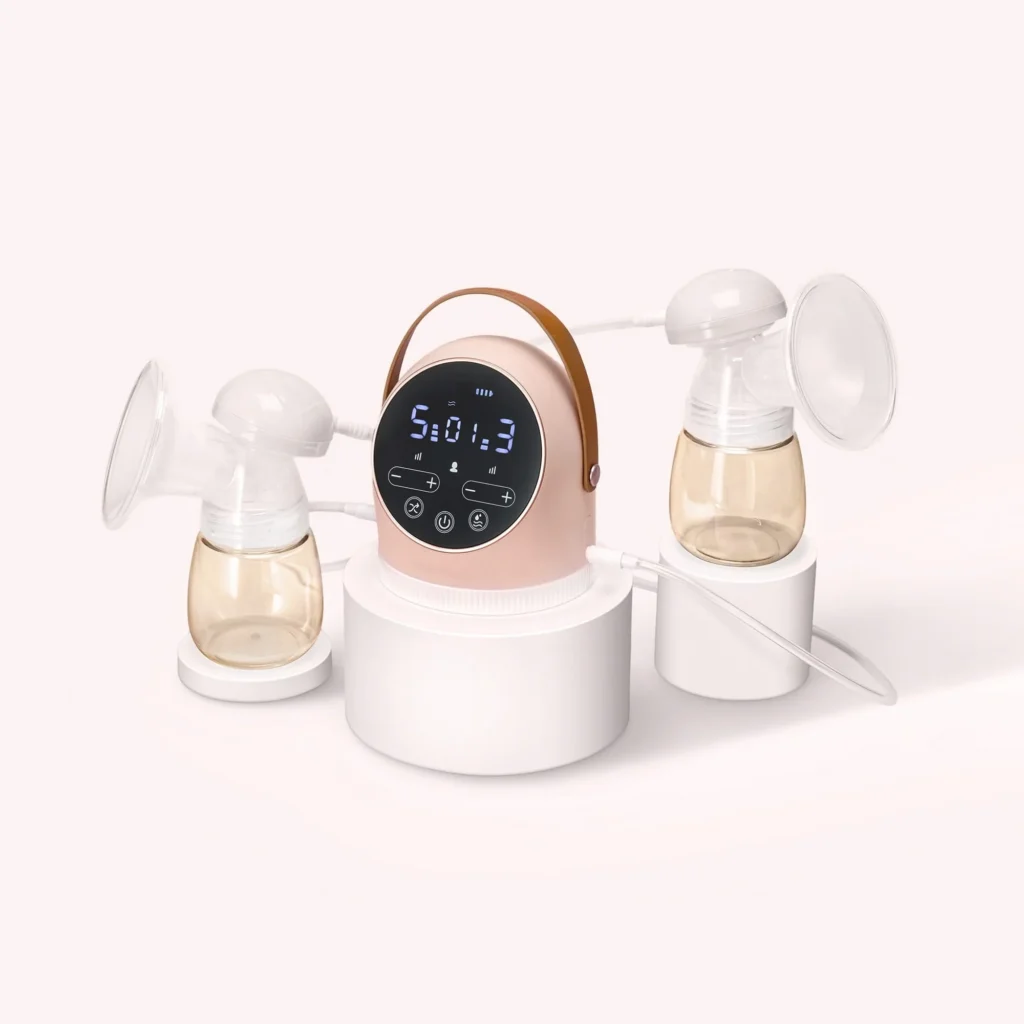Discretion has become a paramount consideration for modern breastfeeding mothers navigating public spaces, workplace environments, and shared living situations. The demand for silent breast pump technology has driven significant innovations in acoustic engineering and motor design, resulting in devices operating at sound levels comparable to ambient room noise. Consumer surveys indicate that 78% of working mothers identify noise levels as the primary factor influencing pump selection, surpassing even efficiency considerations in importance.
Understanding Acoustic Engineering in Breast Pumps
Silent breast pump technology relies on advanced motor design principles that minimize mechanical vibration and sound transmission. Brushless DC motors eliminate the friction-generated noise associated with traditional brushed motors, reducing operational sound by 40-60%. These motors utilize electromagnetic fields for rotation, creating smoother operation with significantly less acoustic signature.
Sound dampening materials integrated into pump housing absorb residual mechanical noise. High-density foam insulation, strategically positioned around motor assemblies, prevents sound wave propagation. Engineering studies demonstrate that multi-layer acoustic barriers can reduce perceived noise levels by up to 15 decibels, transforming audible pumping into nearly silent operation.
Frequency analysis reveals that human hearing sensitivity peaks around 2-4 kHz, the range where traditional pumps generate most operational noise. Silent pump designs shift operational frequencies outside this sensitive range, utilizing lower frequency motors that produce less perceptible sound even at equivalent decibel levels.
Evaluation Criteria for Silent Performance
Objective noise measurement requires standardized testing protocols conducted in controlled acoustic environments. Sound level meters positioned at standard distances measure operational noise across various suction settings. Quality silent pumps typically operate below 35 decibels at maximum suction, comparable to quiet library environments.
Subjective evaluation involves testing devices in realistic usage scenarios. Workplace testing, particularly in open office environments, provides practical insights into discretion levels achievable in professional settings. Home testing with sleeping infants offers another critical evaluation metric, as even moderate noise levels can disrupt sensitive sleep patterns.
Consistency across operational modes becomes essential for truly silent performance. Many pumps achieve quiet operation during stimulation phases but generate significant noise during expression phases when suction demands increase. Premium silent pumps maintain consistent acoustic performance throughout complete pumping cycles.
Comparative Analysis of Leading Technologies
Electromagnetic drive systems represent the current pinnacle of silent pump technology. These systems eliminate mechanical contact between moving parts, virtually eliminating friction-based noise generation. While typically more expensive, electromagnetic pumps offer superior longevity and maintenance-free operation alongside exceptional quiet performance.
Pneumatic amplification systems provide another approach to noise reduction. These designs use air pressure multiplication to achieve necessary suction levels with smaller, quieter motors. However, pneumatic systems often require more complex maintenance and may experience performance degradation over time.
Dual-motor configurations distribute workload across multiple smaller motors rather than relying on single high-power units. This approach reduces individual motor strain while maintaining necessary suction power. Multiple smaller motors typically generate less noise than equivalent single-motor systems, though complexity increases maintenance requirements.
Market analysis reveals significant price variation among silent pump options, ranging from $150 for basic quiet models to over $400 for premium electromagnetic systems. Cost-effectiveness calculations must consider both initial investment and long-term operational costs, including battery replacement, maintenance requirements, and expected lifespan. Professional lactation consultants increasingly recommend prioritizing acoustic performance for mothers planning extended breastfeeding duration or frequent public pumping requirements.

